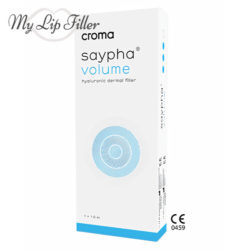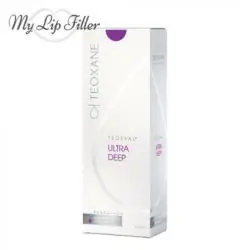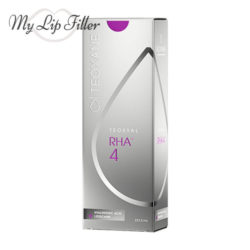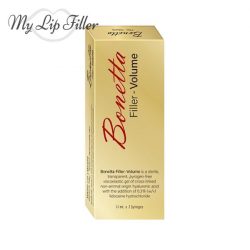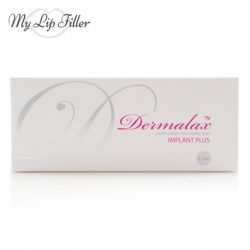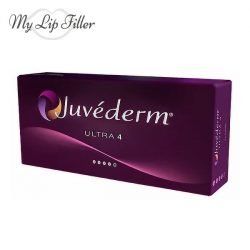At this point, filler enhancements to various parts of the face are known and accepted by the wide public. Few people will raise an eyebrow because somebody got cheekbone fillers and as for lip enhancements – it’s probably one of the most popular procedures to get, now. But when it comes to using dermal fillers temples are definitely many people would think of as a treatment area, at least off the top of their heads. But effective facial contouring, especially past a certain age, can only be done if this part of the facial oval is property treated as well. It is the only way for achieving properly rejuvenating appearance.
Restore temple volume with fillers
One of the main problems related to aging (skin aging in particular) is that the gradual deterioration of the skin cells includes some long-term negative effects to the dermis which cause very visible “defects” – the ones usually associated with cosmetic fillers treatment. A major problem is the loss of supporting tissues in the subcutaneous layers. These are the tissues holding the skin firm and their deterioration leads to inevitable sagging. One of the affected areas are the sides of the forehead. As a method to provide youthful look temple fillers are often utilized, as a substitute to the lost supportive tissues. They are a minimally invasive temple treatments solution; this will instantly lift the sagging skin tissues up.
Types of temple fillers
In fact, the process is quite similar to using cosmetic fillers to do facial contouring in other parts of the face, where skin sag is present, especially the jawline, the chin and the cheeks. Normally, this is achieved using dense HA based gel, as it has the necessary extra stability to “replace” those lost supportive tissues in the SubQ dermal layer. Overall, there are no dedicated temples volumizing fillers, but dermatologists and licensed practitioners will usually opt for the same Hyaluronic gel they use for shaping the facial oval in aforementioned other parts of the face.
Traditionally, lifting the skin sag back up, has been achieved by three methods:
- Surgery – excessive skin might be cut, the skin of the scalp will be pulled back and this mechanically straightens the wrinkles and folds on the forehead and temples. The most invasive way it also is the riskiest one. Additionally, the hairline is also pulled back and this can make one’s appearance quite unnatural.
- Lifting threads – special threads, usually from PLLA, PDO or PLACL are inserted strategically in parts of the face (in this case – the temples). They are very effective for facial contouring, not to mention as a way to boost the local collagen production in the treated area. However, they are still more invasive and not always the best method for treating a smaller area.
- Fillers – arguably the best non-surgical temple enhancement can be achieved using HA gel. This method for rejuvenating appearance is the lest invasive and its non-permanent nature has made it the go-to option for most people. Hyaluronic acid fillers for face shaping can be easily, quickly and safely dissolved using the Hyaluronidase enzyme, but even waiting the completely biodegradable gel to dissolve is also an option.
Using Dermal Fillers on Your Temples
One of the first things your dermatologist or licensed practitioner will determine is which product would best suit your needs. In certain instances, they might even recommend going with lifting threads instead. As noted, temporal hollows filling options are traditionally in the denser spectrum and your treating practitioner will be inclined to buy temple dermal fillers with superior density and molecular weight – Restylane Defyne, Stylage L or Rejeunesse Shape. The exact product is determined on a case-by-case basis and the experience with various products of the licensed practitioner handling the procedure.
While the procedure is quick, the temple area is one of the more difficult areas to treat with fillers for face. The necessary amount of skill and experience are required to achieve visible lifting effect and / or restoration of lost skin volume, while also retaining the natural look of the facial oval, by applying the exact amount of Hyaluronic gel.
Showing 1–12 of 40 results
-

A-Jax Keen Sublime (1 x 1.1ml)
$41.00 Add to cart -
Sale!

Elasty G Plus Double Filler (2 x 1ml)
Original price was: $79.00.$75.05Current price is: $75.05. Add to cart -

Neauvia Intense Flux 1 x 1ml
$89.00 Add to cart -

Nexfill Volume (1 x 1ml)
$44.00 Add to cart -

Saypha Volume (1 x 1ml)
$60.00 Add to cart -
Sale!

Teosyal Puresense Ultra Deep (2 x 1.2ml)
Original price was: $217.00.$206.15Current price is: $206.15. Add to cart -
Sale!

Teosyal RHA 4 (2 x 1ml)
Original price was: $255.00.$242.25Current price is: $242.25. Add to cart -
Sale!

Bonetta Filler Volume – 2 x 1ml
Original price was: $79.00.$75.05Current price is: $75.05. Add to cart -
Sale!

Dermalax Implant Plus (2 x 1.1ml)
Original price was: $105.00.$94.50Current price is: $94.50. Add to cart -
Sale!

Glowing Fill Full (2 x 1ml) – Dual Pack
Original price was: $79.00.$75.05Current price is: $75.05. Add to cart -
Sale!

Juvederm Ultra 4 (2 x 1ml)
Original price was: $228.00.$216.60Current price is: $216.60. Read more -
Sale!

Juvederm Voluma (2 x 1ml)
Original price was: $299.00.$284.05Current price is: $284.05. Add to cart




